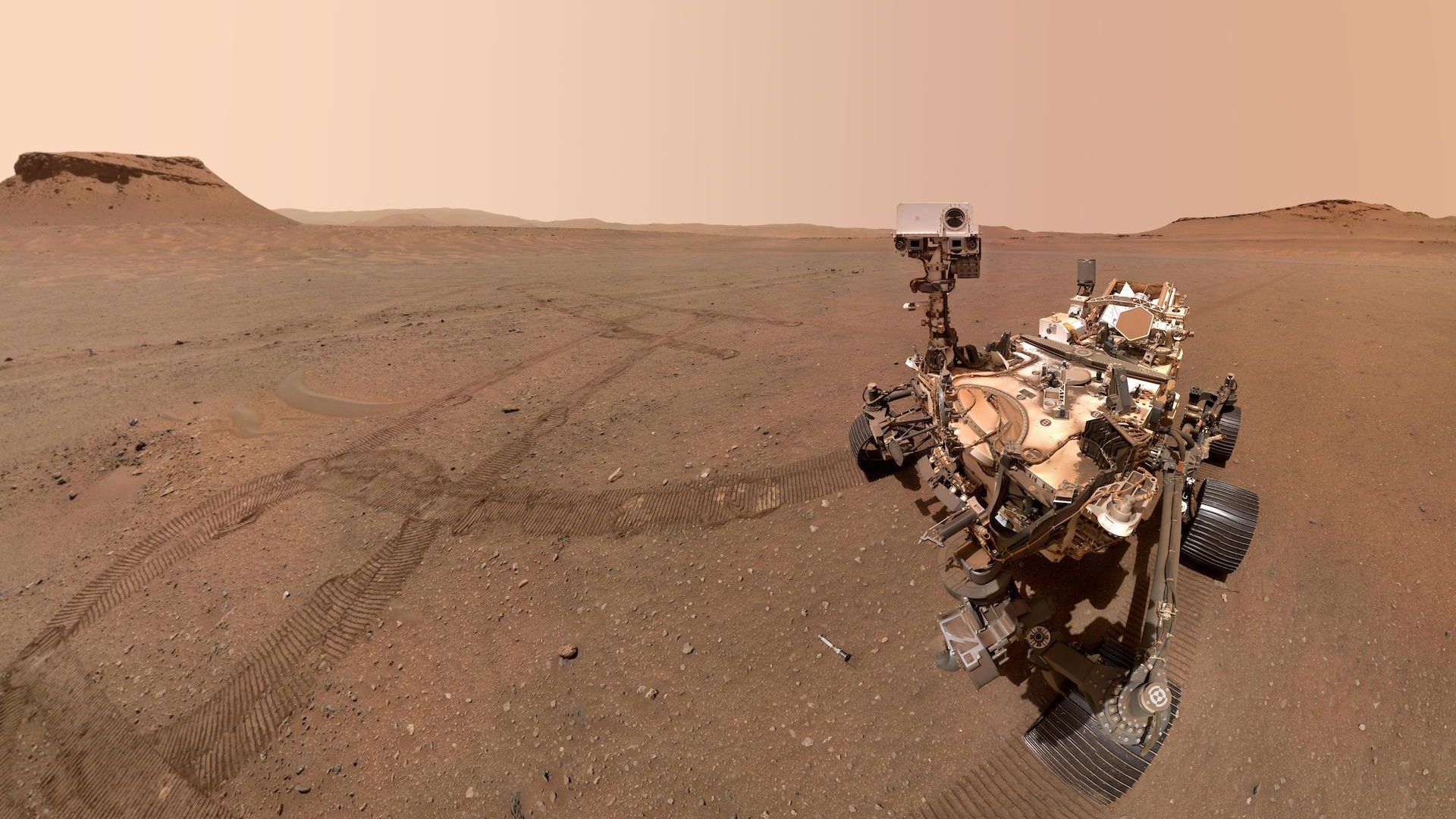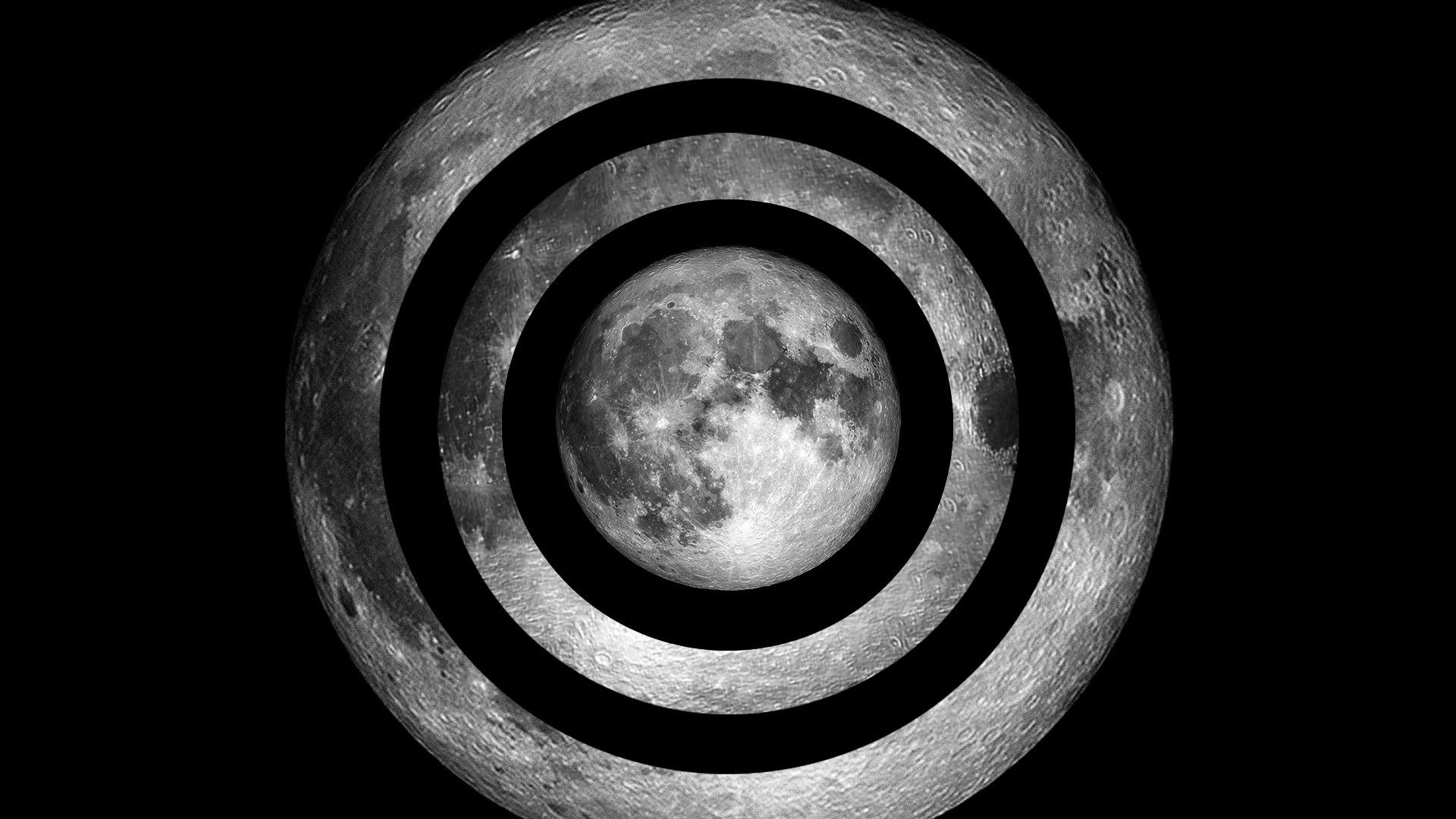| | | | | | | Presented By Brilliant | | | | Axios Space | | By Miriam Kramer · Feb 28, 2023 | | Thanks for reading Axios Space. At 1,487 words, this newsletter is a 5½-minute read. - Please send your tips, questions and Martians to miriam.kramer@axios.com, or if you received this as an email, just hit reply.
| | | | | | 1 big thing: Setting up a new scientific era on Mars |  | | | Illustration: Sarah Grillo/Axios | | | | A fleet of international spacecraft at Mars is laying the scientific groundwork for a new era of exploration at the Red Planet. Why it matters: Understanding Mars is a major priority for NASA and other space agencies around the world, in part because it's one of the best places to search for signs of past life in the solar system. The big picture: The spacecraft at Mars today have been beaming back data and setting the stage for future exploration of the planet. - That future will be defined by more science, more nations aiming for the world, returning samples from it and eventually human missions.
What's happening: NASA's Curiosity rover uncovered evidence of past waves lapping up on a shore high up on Mount Sharp. Project scientists think the wave patterns could indicate that Mars was actually relatively warm and wet for longer than initially estimated. - Perseverance — another NASA rover — finished setting up a cache of samples expected to be a backup sample return depot for a future mission designed to bring material from Mars back to Earth.
- The United Arab Emirates' Hope probe, which has been orbiting Mars since 2021, has adjusted its orbit to better study the planet's moon Deimos.
- In January, NASA announced it was creating a Mars Sample Receiving Project office that would receive and release samples from the Red Planet to labs on Earth when they arrive on our planet. (NASA also has a laboratory dedicated to lunar material.)
Flashback: Perseverance, Hope and China's Tianwen-1 orbiter and Zhurong rover all arrived at Mars within a few weeks of each other in 2021. - Both Hope and China's Mars mission were the first interplanetary spacecraft for their home countries and, with different designs and areas of focus, are adding to the diversity of probes exploring the Red Planet today.
Yes, but: Success isn't guaranteed, even years into a mission. - China's Zhurong rover, which landed on Mars in May 2021 and sent back data also suggesting water was persistent on the planet for longer than expected, appears to be dead on the Martian surface.
- NASA released a series of images from the Mars Reconnaissance Orbiter showing China's rover didn't move on the Martian surface between September 2022 and February 2023.
What's next: A number of new missions to the Red Planet are expected to launch in the coming years. - NASA is planning to launch a mission to study Mars' magnetosphere in 2024, possibly paving the way for human missions as it aims to understand space weather.
- The space agency is also using its work on the Moon as a proving ground for crewed missions to Mars eventually.
- The private companies Relativity Space and Impulse Space are also aiming to launch the first fully private robotic mission to Mars as soon as 2024.
|     | | | | | | 2. Personalities on Mars |  | | | Perseverance on Mars. Photo: NASA/JPL-Caltech/MSSS | | | | The spacecraft exploring Mars are more than faceless robotic stand-ins for humanity. Over the years, the missions have also developed their own distinct identities. - Curiosity — something of an elder statesman on Mars at this point — has been deeply studying a relatively small area of Mars since it landed in 2012.
- The spacecraft is taking its time climbing up Mount Sharp in Gale Crater, stopping along the way to drill rocks and learn more about their compositions to gather as much data as possible.
- Scientists and engineers operating the mission are more conservative with the rover than they may have been earlier in the rover's life, choosing to work their hardest to keep all the instruments functioning today up to the task of future science.
Perseverance, on the other hand, acts like a young go-getter. - Instead of setting a leisurely pace, the rover is attempting to learn all it can about Mars as it is booking its way across the planet to another area scientists are hoping to study during its mission.
- "The whole Mars sample return campaign relies on us getting to that point," Katie Stack Morgan, deputy project scientist for Perseverance, tells Axios. "That's a whole new level of pressure that I think definitely filters down into how we operate day to day."
As for the Hope probe, its name says it all for those intimately involved in its development and operation. - "The personality of the Hope Probe is exactly as described — Hope," Mohsen Al Awadhi, director of space missions at the UAE Space Agency, tells Axios via email.
- "Launched in 2020, when the world was in the midst of a global pandemic and the subsequent turmoil, the Hope Probe offered not only a welcome distraction, but was testament to mankind's ability to innovate and overcome."
|     | | | | | | 3. Launch take two |  | | | The four Crew Dragon crew members during a dress rehearsal. Photo: SpaceX | | | | SpaceX is pushing to launch a crew of four to the International Space Station on Thursday after a technical issue delayed liftoff this weekend. The big picture: This launch will mark the sixth operational flight to the space station for NASA. The Elon Musk-founded company is the only U.S. entity currently able to bring people to and from the ISS. The latest: SpaceX scrubbed its first launch attempt in the wee hours of Monday morning after a ground systems problem popped up. - Mission controllers weren't able to confirm the rocket had been loaded fully with the ignition source used to light the Falcon 9's first stage engines.
- Assuming that issue is resolved in time, SpaceX could attempt to launch the mission as early as Thursday at 12:34am ET.
Details: NASA astronauts Stephen Bowen and Warren Hoburg, and United Arab Emirates astronaut Sultan Al Neyadi, plus Russian cosmonaut Andrey Fedyaev are flying to space aboard the Crew Dragon. - Bowen is the only astronaut on the crew who has been to space before, with the three other crew members making their first journeys to orbit.
The intrigue: The ISS has seen its fair share of drama over the past few months. - Russia launched a rescue Soyuz spacecraft that docked to the station Saturday after another Soyuz sprung a coolant leak in December that Roscosmos suggested was caused by a meteoroid impact. The three crew members delivered to orbit by that leaky Soyuz now have another, safer ride back to Earth.
- Another Russian vehicle — a cargo Progress spacecraft — also leaked coolant this month, forcing some to question whether the issues may have had a common cause.
- "They're still taking a really close look at all the information they have on both spacecraft to try to understand if there is any common cause or anything else that could have been a causal factor in having those two radiator panel leaks," Dana Weigel, NASA deputy ISS program manager, said during a press conference.
|     | | | | | | A message from Brilliant | | AI won't take your job, but someone using AI will | | |  | | | | Future-proof your skill set with Brilliant and learn the concepts behind tech like AI, neural networks and more. Here's how: Brilliant's bite-sized interactive lessons let busy people grow their skills in minutes a day. Join 10M+ people learning on Brilliant — try it for free, then get 20% off. | | | | | | 4. Check out the night sky this week |  | | | Illustration of Jupiter and Venus in the night sky. Photo: NASA | | | | Jupiter and Venus are heading for a close approach this week, and it should be spectacular for anyone with clear enough skies to see it. What's happening: On Wednesday, Jupiter and Venus will be so close together in the sky that it won't look like there's much distance between them at all. - About 45 minutes after the Sun sets on Wednesday, head outside and look west, according to NASA.
- The two planets will be hanging above the horizon looking like two incredibly bright stars sitting right next to one another.
- "Although they certainly look close together, Venus [on March 1] is 11 light-minutes from Earth while Jupiter is 48 light-minutes away, more than four times farther," Sky and Telescope says.
If you miss out on seeing the two planets in their closest conjunction, the rest of the week should still provide some nice views. - On Thursday, Jupiter and Venus will be separated by about 1 degree, and on Friday, the two planets will be about 2 degrees apart, according to Sky and Telescope.
- For reference, your clenched fist held at arm's length against the night sky is about 10 degrees across.
|     | | | | | | 5. Out of this world reading list |  | | | Illustration: Natalie Peeples/Axios | | | | 🌖 The Moon may need its own time zone (Sri Ravipati, Axios) 🔭 NASA names Nicky Fox as the new head of its Science Mission Directorate (Marcia Smith, Space Policy Online) 🚀 SpaceX launches its first upgraded Starlink satellites (Jeff Foust, SpaceNews) ☄️ NASA just found a new type of ancient asteroid loaded with water (Elisha Sauers, Mashable) |     | | | | | | 6. Weekly dose of awe: When galaxies collide |  | | | Photos: NASA/CXC/Univ. of Alabama/M. Micic et al.; Optical: International Gemini Observatory/NOIRLab/NSF/AURA | | | | The Chandra X-Ray Observatory has helped spot two sets of merging dwarf galaxies in distant space. - These galaxies are smaller than our Milky Way, and scientists are using data beamed back from the observatory to learn more about how they form and grow.
- One pair of galaxies, on the left, is about 760 million light-years from Earth. "This pair of dwarf galaxies appears to be in the late stages of a merger, and shows a long tail caused by tidal effects from the collision," Chandra wrote in a press release.
- The right-hand image shows another set of galaxies colliding about 3.2 billion light-years from Earth. "The researchers think these two have been caught in the early stages of a merger, causing a bridge of stars and gas to connect the two colliding galaxies from their gravitational interaction," the press release says.
|     | | | | | | A message from Brilliant | | Sharpen your math, CS and data skills in a few minutes a day | | |  | | | | For professionals and lifelong learners alike, Brilliant is one of the best ways to learn. The deets: Bite-sized interactive lessons make it easy to level up in everything from math and data science to AI and beyond. Join 10+ million people building skills every day. Start with a free 30-day trial. | | | | ✨ Big thanks to Alison Snyder for editing, Sheryl Miller for copy editing, and the Axios visuals team for the illustrations. If this newsletter was forwarded to you, subscribe. |  | | Are you a fan of this email format? Your essential communications — to staff, clients and other stakeholders — can have the same style. Axios HQ, a powerful platform, will help you do it. | | | | | | Axios thanks our partners for supporting our newsletters.
Sponsorship has no influence on editorial content. Axios, 3100 Clarendon Blvd, Arlington VA 22201 | | | You received this email because you signed up for newsletters from Axios.
To stop receiving this newsletter, unsubscribe or manage your email preferences. | | | Was this email forwarded to you?
Sign up now to get Axios in your inbox. | | | | Follow Axios on social media:    | | | | | |
No comments